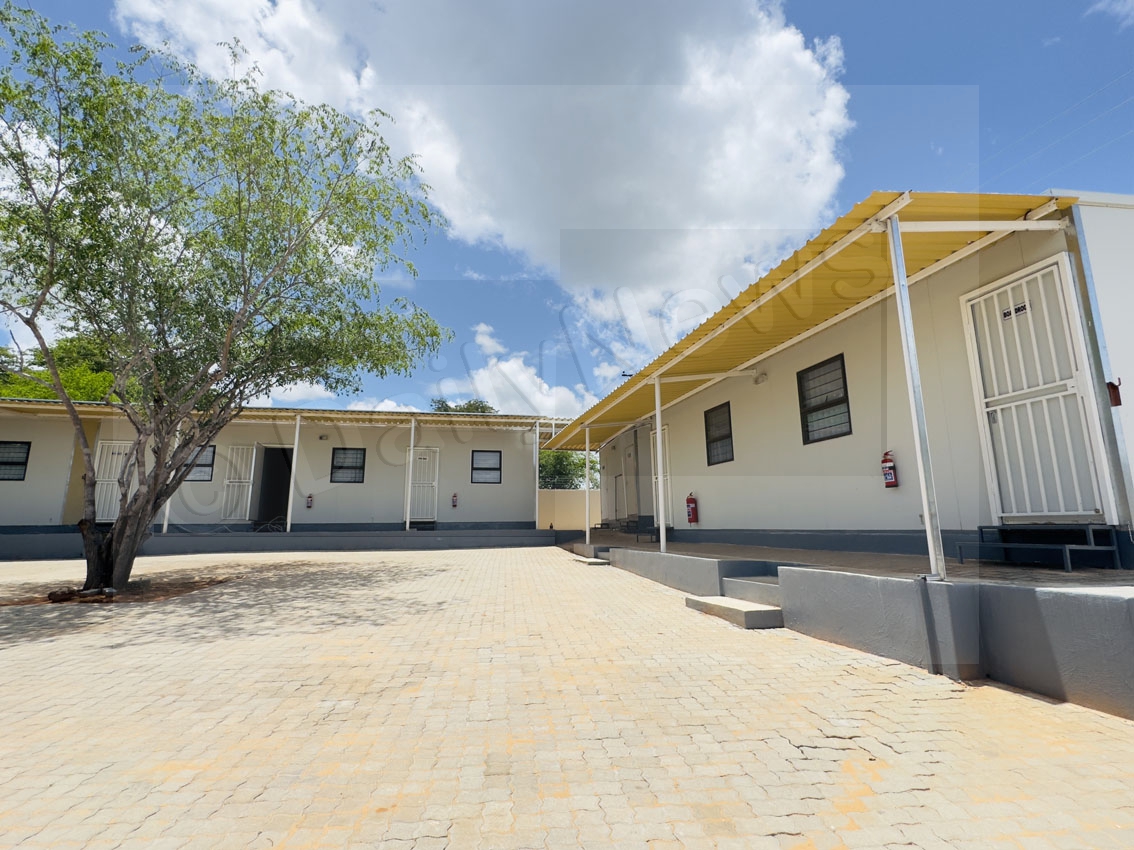Borrowing reveals banks microlenders preferences
14 Oct 2025
Household borrowing patterns reveal distinct preferences between financial institutions. Commercial banks predominantly lend to public service employees, while micro-lenders tend to extend credit to private sector employees.
This was revealed by the Bank of Botswana’s household indebtedness survey report for the year 2024/25, released recently.
According to the report, which estimates household debt to be at P68.6 billion, having increased from P61 billion from the previous year, P59.6 billion is owed to commercial banks, P8.5 billion to micro-lender loans, and P509 million to hire purchase loans.
The bank says the distribution of household loans by micro-lenders and banks shows a complex interplay of employment sector, demography and borrower dynamics.
“The survey shows that public servants continue to dominate commercial bank credit, supported by scheme loans and deduction-from-source arrangements,” the report states.
The report notes that micro-lender loans are heavily concentrated in private sector employees at 82 per cent, while most bank loans tend to be towards government sector employees at 64 per cent.
“For micro-lenders, it is found that they lend mostly to private sector employees with generally lower average loans by income and gender compared to banks.”
This, the report states, could be underlaid by the existing deduction-from-source mechanism, which found that the majority of household loans are scheme loans, suggesting some level of secure repayment mechanism.
Additionally, the public sector is a relatively more formalised structure that easily meets the lending requirements for commercial banks.
The Bank of Botswana report says that these employment dynamics, combined with gender patterns where males dominate micro-lender credit compared to a relatively gender-balanced bank credit, highlight distinct borrower patterns and varying borrower access.
It says the higher male representation among micro-lenders suggests that males are more inclined to seek micro-lender loans, possibly due to less strict credit standards, while banks serve a broader, more gender-balanced government sector clientele with generally similar employment dynamics.
With regard to the use or purpose of household loans, the 2024/25 survey results show that 56 per cent of unsecured loans are channeled towards what households classify as other personal uses.
This includes, but is not limited to, motor vehicle maintenance, house renovations, marriage and funeral expenses, acquisition of residential plots and second-hand cars, as well as debt reconciliation.
Additionally, it was found that 18 per cent of unsecured loans go towards consumer goods, including furniture and other household items, while 15 per cent and 11 per cent are used on farming projects and education and health expenses, respectively.
Despite the increase in household indebtedness, the Bank of Botswana states that the local proportions remain significantly lower than regional counterparts, with the latest data from South Africa and Mauritius showing ratios of 33.7 per cent in December 2024 and 37.7 per cent in June 2024, respectively. ENDS
Source : BOPA
Author : Bonang Masolotate
Location : Gaborone
Event : Report
Date : 14 Oct 2025




